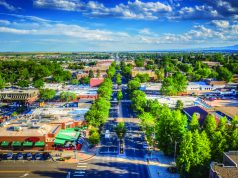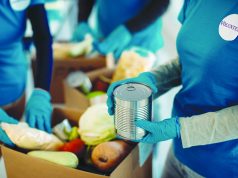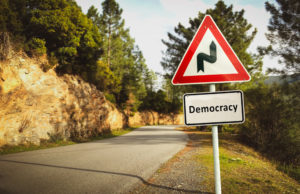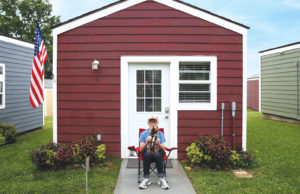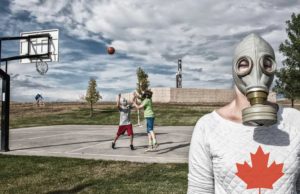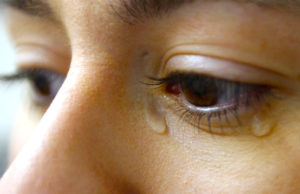— In a ritual nearly as familiar as Santa Claus and crowded stores,
police agencies have again stepped up enforcement of drunken-driving
laws this holiday season.
Studies have found sobriety checkpoints reduce alcohol-related crashes because they create awareness about the risk of arrest.
But some public-safety officials say that message
might be lost on the group most at risk — young drivers. Trying to
elude arrest for drunken driving, young people use technology to keep
each other informed about the location of sobriety checkpoints, said
Sgt.
Tools include Twitter, text messages and an iPhone application specifically designed to identify checkpoints, Gibeault said.
Statistics provide a cause for concern: The number
of people killed or injured in alcohol-related accidents during the
holiday season in
has hovered around 34 for the last four years, according to state
figures — stubbornly resisting high-profile enforcement campaigns.
Gibeault thinks young people are drinking more, in
part because clubs aimed at that population have proliferated. And
young drinkers can check their cell phones to find out where police are
stopping motorists, he said.
His own daughter often sends him text messages about where she’s heard he’s running checkpoints.
On Twitter, a free electronic message service that
runs on both cell phones and computers, drivers can warn each other
with “tweets” listing intersections where police have set up
checkpoints.
Andritch, who used to prosecute drunken drivers when he worked in the
“I don’t see how it’s any different than what police are doing in promoting checkpoints,” he said in an interview.
Gibeault said it’s one thing to spread the word
about checkpoints in general, which police want. It’s quite another to
provide information that might encourage people to drive drunk, he said.
“Young people continue to be the most dangerous
drivers,” he said. “They will continue to drink and drive until they
have families and realize they have something to lose.”
Ziese said law enforcement hasn’t figured out how to
respond to the more immediate and precise information about checkpoints
circulating on the Web and via cell phones.
“New technology brings us new challenges, whether it’s warfare or DUI,” Ziese said.
police are known for their innovative approaches to DUI enforcement,
and will likely figure out an appropriate response, Ziese said.
But changing the checkpoints can be a problem,
Gibeault said. Police can’t easily move them once their location has
been broadcast, because of legal requirements and the large number of
officers and equipment involved, he said.
In any case, the purpose of the checkpoints isn’t to
take drunken drivers off the road, Gibeault said. The point is
preventing them from getting in the car in the first place.
In 2001, experts convened by the
reached the same conclusion. The group concluded that checkpoints
reduced alcohol-related accidents by an average of 20 percent.
“Although checkpoints may remove some drinking
drivers from the road, their primary goal is to reduce driving after
drinking by increasing the perceived risk of arrest,” the researchers
said.
Saturation patrols — in which police focus on
troubled areas with a lot of officers on the move — are more effective
than checkpoints at catching drunken drivers, Gibeault said.
In the last three winter holiday seasons, more than 18,000 vehicles have passed through checkpoints in
By contrast, saturation patrols conducted during the
same time produced seven times as many arrests for driving under the
influence.
“I was a hard sell on checkpoints,” Gibeault concedes. “I wanted to put drunk drivers in jail.”
But he said he learned over time how effective checkpoints are.
He said he remains a strong supporter of
checkpoints, even though the number of drunken-driving accidents has
gone up during winter holidays in
Last winter holiday, motorists charged with driving
under the influence were involved in 49 crashes, compared to 36 five
years earlier, police figures show.
Some of the increase is likely due to population
gains, and the jump would have been higher if not for checkpoints,
Gibeault said.
“We’re still doing these campaigns because people aren’t getting it,” she said.


